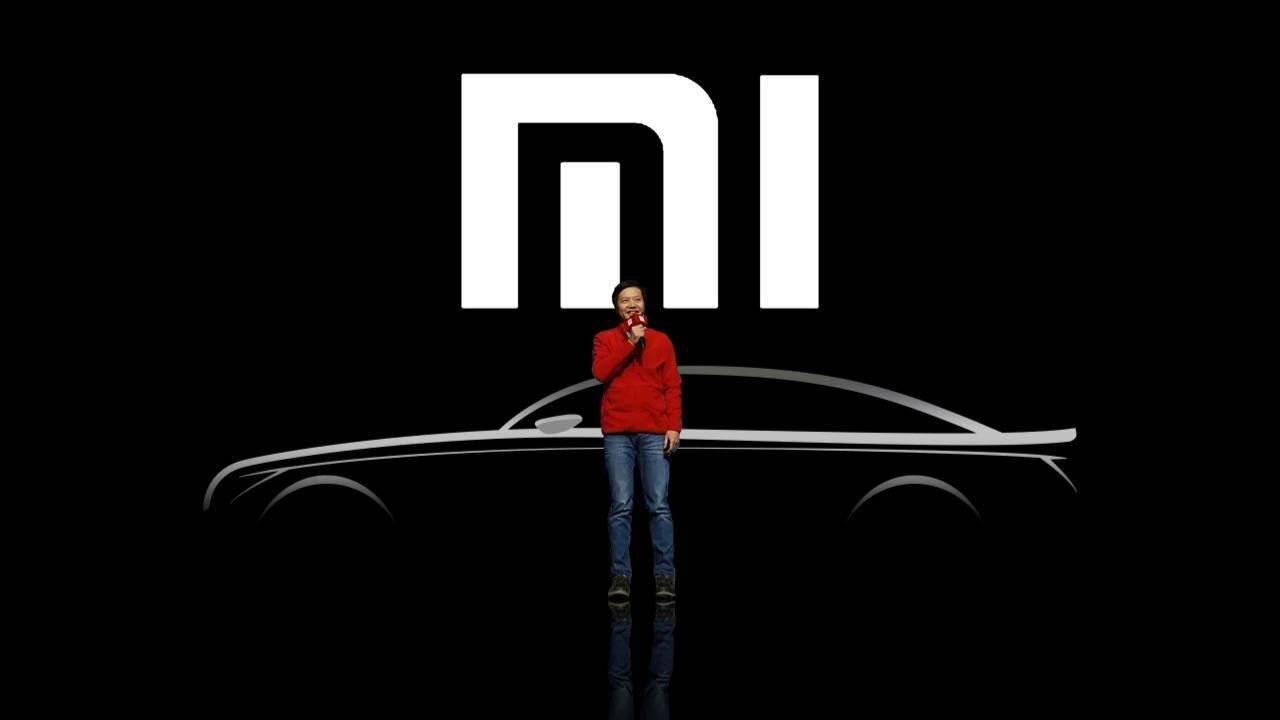Is Asia a Step Closer to Driverless Vehicles?
Autonomous vehicles in the Asia-Pacific region will increase to 24 million units by 2024, reported by Graphical Research. This growth of autonomous vehicles is being driven by the continuous adoption and promotion of technologies such as AI and 5G in the automotive field. The relaxation of laws and regulations on autonomous vehicles is also aiding the growth.
China outlined its roadmap to smart cars and mobility systems last year in a blueprint, with the goal of achieving mass production of lower-level autonomous vehicles by 2025. Several auto manufacturers are joining hands with tech companies such as Xiaomi for strategic alliances to bring advancement in their self-driving solutions.
Shenzhen-based start-up AutoX recently won a permit from the California Department of Motor Vehicles to start testing fully driverless cars in designated areas – the first Chinese company to receive such approval. In addition, Chinese search engine giant Baidu has also begun developing self-driving technologies under a special business unit. Baidu Apollo has been granted 120 Chinese government-issued licenses to test autonomous cars, racking up a total of 3 million kilometres of road tests.
Countries like India, Singapore, Malaysia are developing infrastructure for the implementation of electric vehicles, which could help in the growth of autonomous vehicles as well. Since Singapore is seeking to become a “smart nation” by using digital technology, one such project is the development of autonomous vehicles. According to CNBC, Singapore aims to get autonomous buses onto public roads in three districts around the island by the early 2020s.
The market space of autonomous vehicles is huge but still nascent. Due to high cost, the manufacturing rate of the Advanced driver-assistance systems (ADAS) to increase car and road safety in many Asian countries like China is low at this stage. Most of the vehicles in China are not equipped with ADAS equipment. Manufacturers must conduct throughout testing with high standards before autonomous vehicles can finally enter the market. The public will start fully adopting driverless vehicles only when infrastructure is in place to ensure the safety of drivers and pedestrians.
Autonomous vehicles
Please subscribe to our newsletter if you want to know more about Chinese marketing. Leave your comments below to share your thought with us, and check out our thoughts on social media!


